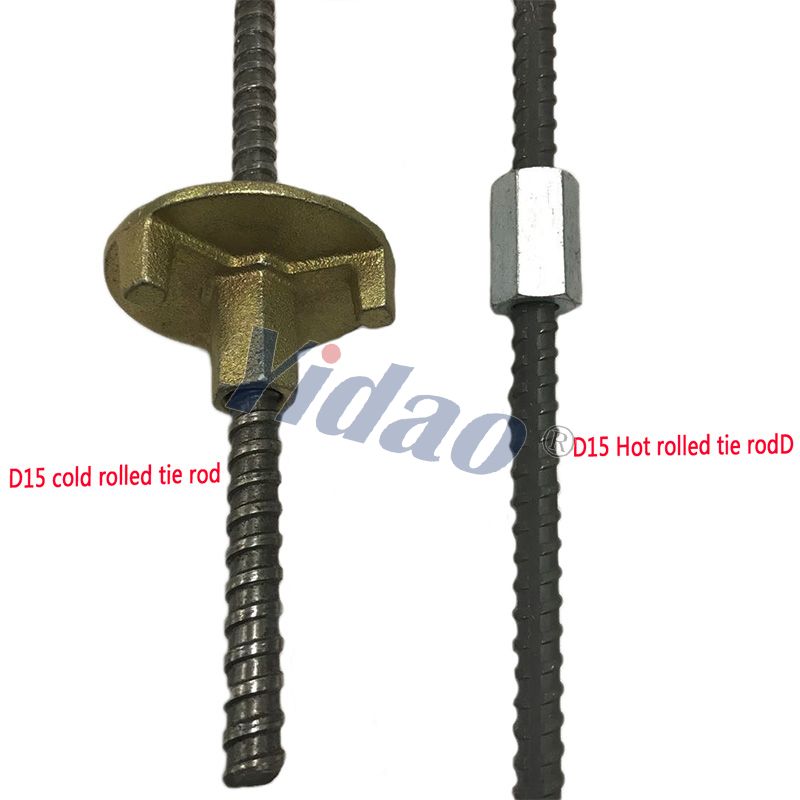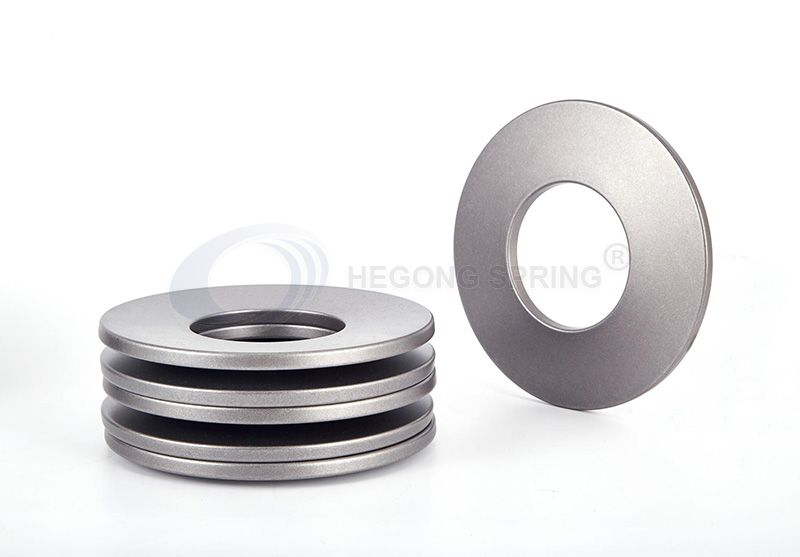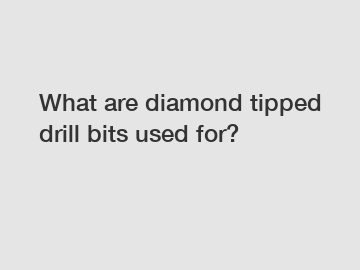- Automobiles & Motorcycles
- Beauty & Personal Care
- Business Services
- Chemicals
- Construction & Real Estate
- Consumer Electronics
- Electrical Equipment & Supplies
- Electronic Components & Supplies
- Energy
- Environment
- Excess Inventory
- Fashion Accessories
- Food & Beverage
- Furniture
- Gifts & Crafts
- Hardware
- Health & Medical
- Home & Garden
- Home Appliances
- Lights & Lighting
- Luggage, Bags & Cases
- Machinery
- Measurement & Analysis Instruments
- Mechanical Parts & Fabrication Services
- Minerals & Metallurgy
- Office & School Supplies
- Packaging & Printing
- Rubber & Plastics
- Security & Protection
- Service Equipment
- Shoes & Accessories
- Sports & Entertainment
- Telecommunications
- Textiles & Leather Products
- Timepieces, Jewelry, Eyewear
- Tools
- Toys & Hobbies
- Transportation
What Is Plastic Injection Molding, And How Does It Work?
https://www.wintech-t.com/productstags/oem-plastic-tooling-company.html
Plastic injection molding is a widely used manufacturing process that produces a wide range of plastic products, from toys and household items to automotive and medical components. In this article, we will explore what plastic injection molding is, how it works, and its advantages and disadvantages.
What is Plastic Injection Molding?
Plastic injection molding is a manufacturing process that involves melting plastic material and injecting it into a mold to produce a specific shape. The process starts with the selection of the right type of plastic material, which can range from thermoplastics to thermosetting polymers. The plastic is then melted and injected into a mold that has been designed to the required shape and size.
How Does Plastic Injection Molding Work?
The plastic injection molding process can be divided into four main stages: clamping, injection, cooling, and ejection. Let's take a closer look at each stage:
Clamping: The first stage involves clamping the mold in place, which is typically done by a hydraulic or mechanical machine. The mold is held securely to ensure that the plastic material does not leak out during the injection process.
Injection: The second stage involves injecting the melted plastic material into the mold. This is done using a specialized injection machine that uses pressure to force the plastic into the mold cavity. Once the plastic is injected, it is allowed to cool and solidify.
Cooling: The third stage involves cooling the plastic material to ensure that it sets and hardens properly. This is typically done by circulating cold water or air through the mold.
Ejection: The final stage involves ejecting the finished product from the mold. This is done by opening the mold and using pins or ejector plates to push the product out.
Advantages of Plastic Injection Molding
Plastic injection molding offers many advantages over other manufacturing processes, including:
Further reading:
Understanding the Benefits and Features of Cylindrical Lever Locks
How to Choose a Machine Vise?
What are Tapered Roller Thrust Bearings?
When And How To Use Non-Sparking Tools
What are the limitations of aluminum extrusion?
How to Choose The best Hotel Faucet
How to Choose the Right Roller Bearings for Your Needs
High Efficiency: The process is highly efficient and can produce large volumes of products in a short amount of time.
Low Cost: The cost per unit is relatively low, especially when producing large volumes of products.
High Precision: The process offers high precision and accuracy, ensuring that the finished product is of the highest quality.
Versatile: Plastic injection molding can produce a wide range of shapes and sizes, making it a versatile manufacturing process.
Plastic overmolding
Disadvantages of Plastic Injection Molding
Despite its many advantages, plastic injection molding also has some disadvantages, including:
High Initial Investment: Setting up a plastic injection molding facility can be expensive, requiring a significant initial investment.
Limitations on Material Selection: The process is limited to certain types of plastic materials, which can limit the range of products that can be produced.
Complex Design Requirements: The design of the mold can be complex, requiring specialized expertise and equipment.
Conclusion
Plastic injection molding is a widely used manufacturing process that produces a wide range of plastic products. The process involves melting plastic material and injecting it into a mold to produce a specific shape. The process offers many advantages, including high efficiency, low cost, high precision, and versatility. However, it also has some disadvantages, including a high initial investment, limitations on material selection, and complex design requirements. Overall, plastic injection molding is a valuable manufacturing process that is used in a wide range of industries. We are a plastic injection molding company. If you are interested in our products, please contact us now!
How do Belleville disc springs work?
Advantages and Applications of Thread Bar
What are the advantages of Belleville washers?
How are Titanium Tools Made?
How to Install Threaded Bar Anchors for Concrete?
What Are the Common Uses of Domed Nuts?
The Science Behind Tri-cone Drilling Bits: How Do They Conquer the Earth's Depths?
Related Articles
If you are interested in sending in a Guest Blogger Submission,welcome to write for us!












Comments
0